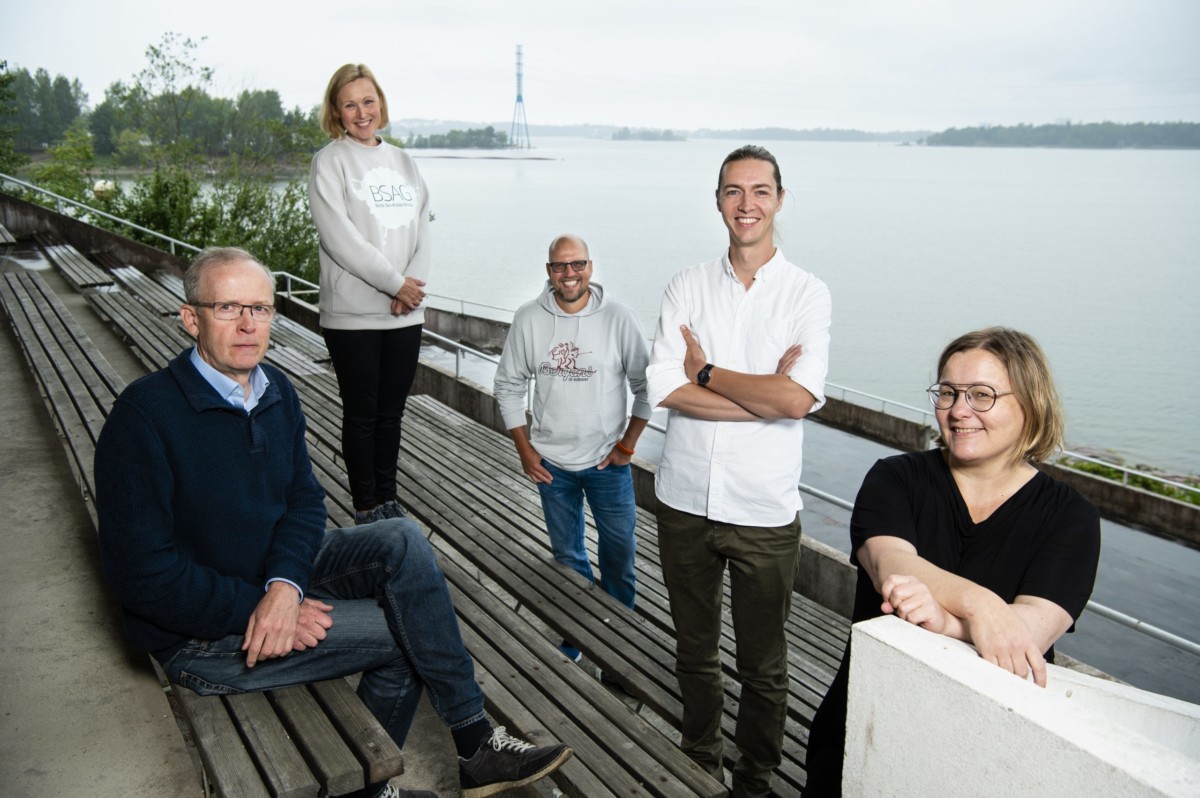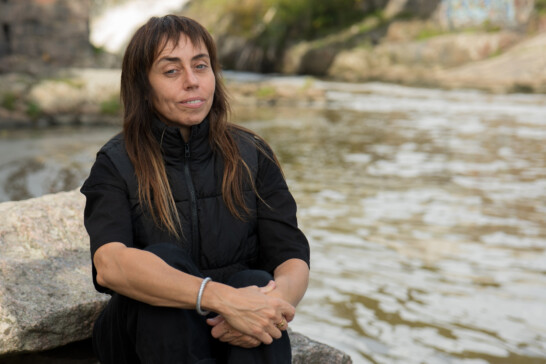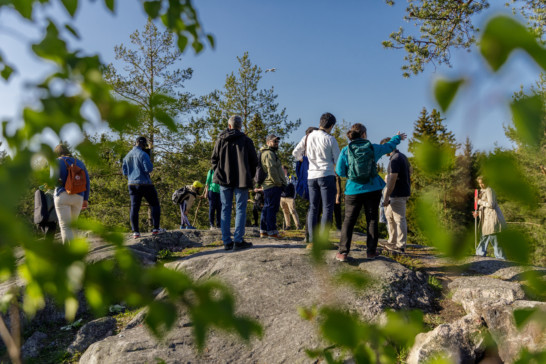News
IHME Helsinki 2020 -kickoff focussed on Baltic Sea

Although Jana Winderen’s sound installation Listening Through the Dead Zones is postponed to August 2021, the kick-off event was held on Saturday 22 August 2020 at the Rowing Stadium. The event focused on the importance of data and citizen activity for the well-being of the Baltic Sea.
The kick-off event is an integral part of the sound installation Listening Through the Dead Zones, inspired by the Baltic Sea. Sound artist Jana Winderen wants to draw attention to the state of the Baltic Sea and the fact that everyone has the opportunity to help the Baltic Sea through, among other things, various citizen science projects.
Eat wild fish
The dead zones of the Baltic Sea are generated due to eutrophication caused by both nutrients flowing to the sea and nutrients already in the sea. According to Seppo Knuuttila, researcher at the Finnish Environment Institute (SYKE), the most rapid way to reduce the nutrient load is a change of diet – replacing meat with vegetables or wild fish. Eating wild fish removes nutrients from the sea. Even seals and cormorants do not significantly reduce the catch: If the Finnish herring catch is divided among the inhabitants of Finland, there will be 23 kg of Finnish herring for every Finn, compared to the 300 grams of herring per person eaten at the moment. The Baltic Sea calculator (Itämerilaskuri) is used for measuring individual’s impact on the Baltic Sea – the lifestyle of an average Finn generates nutrient emissions equivalent to 134 buckets of algae.
Underwater environments need protection too
Laura Höijer, Content Director of the Baltic Sea Action Group, talks about the Living Baltic Sea project. The project focuses on researching, protecting, and increasing the related awareness of diverse underwater areas. Precious ecosystems in need of protection, particularly around Finland’s coasts, are often in private waters, so their owners have a key role in their conservation.
The sailor and adventurer Kari “Ruffe” Nurmi talked about his sailing escapades, on which he has contributed to charting the state of the Baltic Sea. Ruffe organized Finland’s biggest, 120-person communal sailing trip, which spotted floating plastic waste and collected samples of microplastic for use by researchers at SYKE. The bottom of Ruffe’s yacht is currently serving as a test bed for various anti-fouling coatings. The series of tests is part of SYKE’s research project aimed at preventing the spread of invasive species on the bottoms of boats.
Citizen science projects
Jyri Tirroniemi of SYKE shared a researcher’s viewpoint on Baltic Sea research projects, in which citizen observations play an important role. Because research resources are always limited, citizen observations can be a valuable addition to the research data. Citizens observations can be reported to many different databases, such as Marinefinland.fi. The findings cover a wide variety of things from water clarity and ghost nets to snowmen and bird pellets.
The kick-off event included also a beach clean-up action at the Rowing Stadium. Every piece of litter was reported and the result was: 312 cigarette butts, 228 pieces of plastic, 93 pieces of metal, 80 pieces of paper or cardboard, 16 pieces of glass, 4 pieces of fabric and 2 pieces of rubber and one pair of sunglasses! The project Clean Beach has been collecting both litter and litter data for 7 years. The Rowing Stadium resembled other beaches in its litter profile: cigarette butts formed the largest fraction of rubbish. Cigarette butts also crystallize one of the problems of littering: Even if tobacco bins are needed, cities are reluctant to increase their number because they do not want to encourage smoking. The responsibility is left to the individual citizen.
As climate is one of IHME’s key themes along with science and art, IHME also will also measure the carbon footprint of the kick-off event. The results will be published later in IHME Ekoblog.
Video documentation of the presentations will be available on IHME Helsinki Youtube channel.

